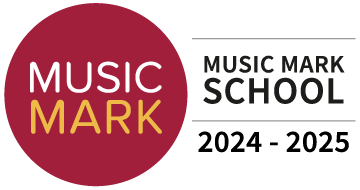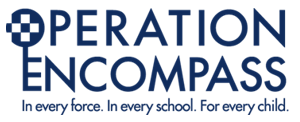At Wexham Court Primary School, reading is at the forefront of all we do. As parents, reading with your children on a daily basis coupled with what is done in school will guarantee success. Please find videos in your key stages to support you in supporting your child to read at home. All videos have Urdu, Polish and Punjabi subtitles.
Urdu translation:
Punjabi translation:
Polish translation:








